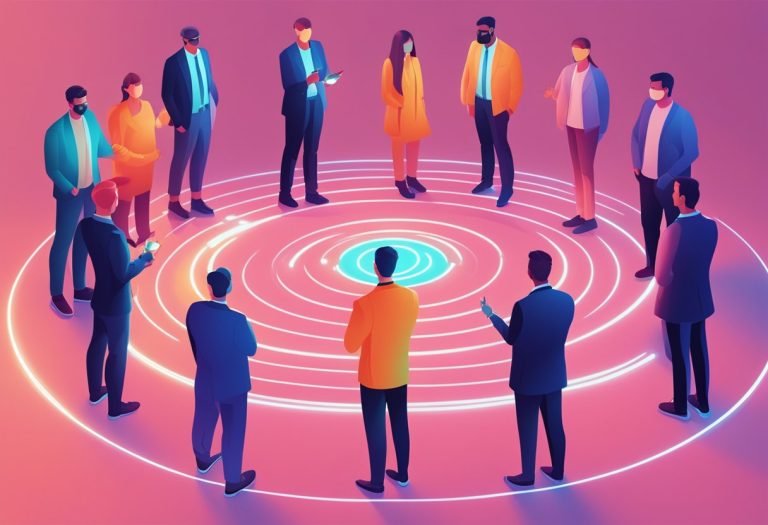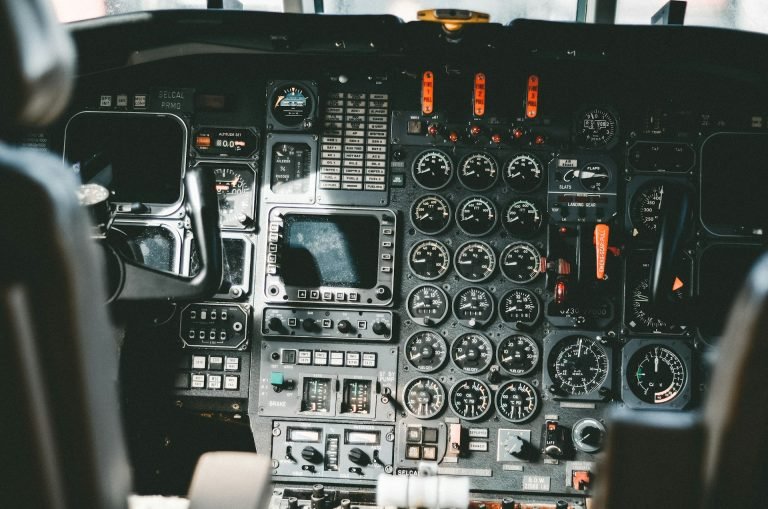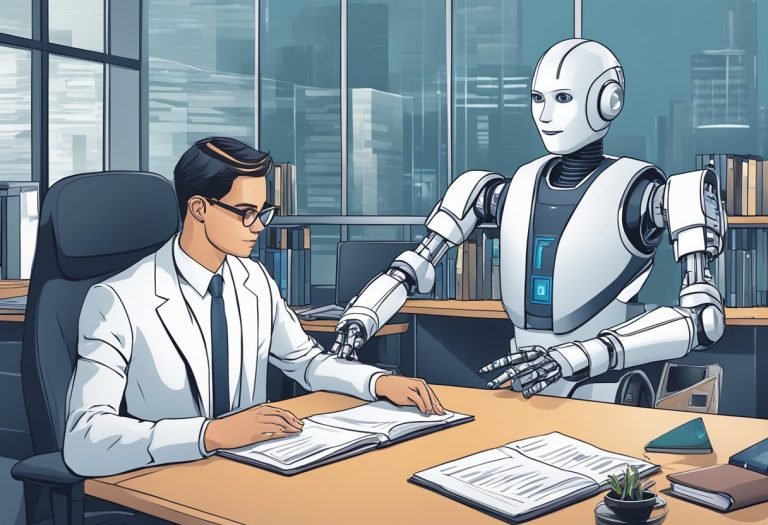Will AI Replace Cybersecurity Professionals? The Future of Digital Defense
In an age where cyber threats evolve at breakneck speed and attackers increasingly leverage artificial intelligence to breach defenses, a crucial question emerges: Will AI eventually replace cybersecurity professionals? With automated systems detecting threats in milliseconds and AI-powered tools running 24/7 security operations, it’s a question that deserves careful examination.
The Current State of AI in Cybersecurity
The capabilities of modern AI-powered security tools are already impressive. Today’s network monitoring systems can process over 100,000 events per second, while advanced malware detection systems identify zero-day threats with unprecedented accuracy. Security Information and Event Management (SIEM) systems leverage machine learning to correlate events across thousands of endpoints, identifying potential threats that might go unnoticed by human analysts.
These systems excel at rapid threat detection and response, often containing potential threats in under 10 milliseconds. Machine learning algorithms continuously analyze user behavior, network traffic patterns, and system activities to establish baselines and flag anomalies that could indicate security breaches. This constant vigilance has become essential in a world where cyber attacks can happen at any moment.
Beyond Basic Detection: Advanced AI Applications
The application of AI in cybersecurity goes far beyond simple threat detection. Modern security operations centers employ sophisticated SOAR (Security Orchestration, Automation, and Response) platforms that integrate artificial intelligence throughout their operations. These systems don’t just detect threats – they actively respond to them, orchestrating complex sequences of actions across multiple security tools and systems.
Deep learning networks analyze network traffic in real-time, identifying subtle patterns that might indicate an advanced persistent threat (APT) or sophisticated malware operation. These systems can process and correlate data from thousands of sources simultaneously, creating a comprehensive view of an organization’s security posture that would be impossible for human analysts to maintain manually.
The Technical Reality of AI Security
Understanding how AI functions in cybersecurity requires diving into its technical implementation. Consider a typical AI-based threat detection system. At its core, it might employ multiple neural networks trained on vast datasets of normal and malicious network traffic. These networks analyze dozens of parameters for each network connection, from packet sizes and timing to protocol behaviors and payload characteristics.
The Human Element: What AI Cannot Replace

Despite these impressive capabilities, AI has significant limitations in cybersecurity. The most sophisticated AI systems still struggle with tasks that human security professionals handle routinely. Strategic thinking, for instance, requires understanding not just technical patterns but business context, threat actor motivations, and potential future developments – areas where human insight remains irreplaceable.
Consider a real-world scenario: When an organization faces an advanced persistent threat, AI systems might detect unusual network patterns, flag suspicious file activities, and monitor potential data exfiltration attempts. However, understanding why the organization is being targeted, identifying the most critical assets to protect, and developing a comprehensive response strategy requires human expertise and judgment.
The Future of Cybersecurity Roles
Rather than replacing cybersecurity professionals, AI is transforming their roles. We’re seeing the emergence of new positions that combine traditional security expertise with AI capabilities. AI Security Engineers, for instance, focus on developing and maintaining AI-powered security systems, while Security Automation Architects design the complex workflows that enable automated response to security incidents.
These roles require a unique combination of skills. Modern security professionals need to understand not just traditional security concepts but also machine learning principles, data analysis, and automation technologies. They must be able to work with AI systems, understanding both their capabilities and limitations, while maintaining the strategic thinking and problem-solving skills that have always been crucial in cybersecurity.
Implementation Challenges and Limitations
The implementation of AI in cybersecurity faces several significant challenges. AI models can suffer from false positives, model drift over time, and dependence on high-quality training data. Integration with existing security infrastructure often proves complicated, particularly when dealing with legacy systems or incompatible APIs.
Moreover, AI systems themselves can become targets. Adversarial AI attacks might attempt to poison training data or manipulate model behaviors. Security teams must therefore not only use AI tools but also understand how to protect them from manipulation and abuse.
The Path Forward: Human-AI Collaboration
The future of cybersecurity lies not in AI replacing humans, but in effective collaboration between human experts and AI systems. AI excels at processing vast amounts of data, detecting patterns, and automating routine responses. Human professionals provide strategic oversight, handle complex investigations, and make crucial decisions that require understanding context and implications beyond pure data analysis.
This collaboration requires security professionals to evolve their skills continuously. Understanding AI capabilities and limitations, developing automation expertise, and maintaining core security knowledge are all essential for modern cybersecurity professionals. The most successful security teams will be those that effectively combine human insight with artificial intelligence capabilities.
Conclusion
The question isn’t whether AI will replace cybersecurity professionals – it’s how the profession will evolve to leverage AI’s capabilities while maintaining the crucial human elements of cybersecurity. As threats become more sophisticated and attacks more frequent, the combination of human expertise and artificial intelligence will become increasingly important for maintaining effective security postures.
The future belongs to those who can effectively bridge the gap between human insight and artificial intelligence, creating security operations that are both more efficient and more effective than either humans or AI could achieve alone.
What are your thoughts on the role of AI in cybersecurity? Have you experienced the transformation of security operations through AI implementation? Share your perspectives in the comments below.







